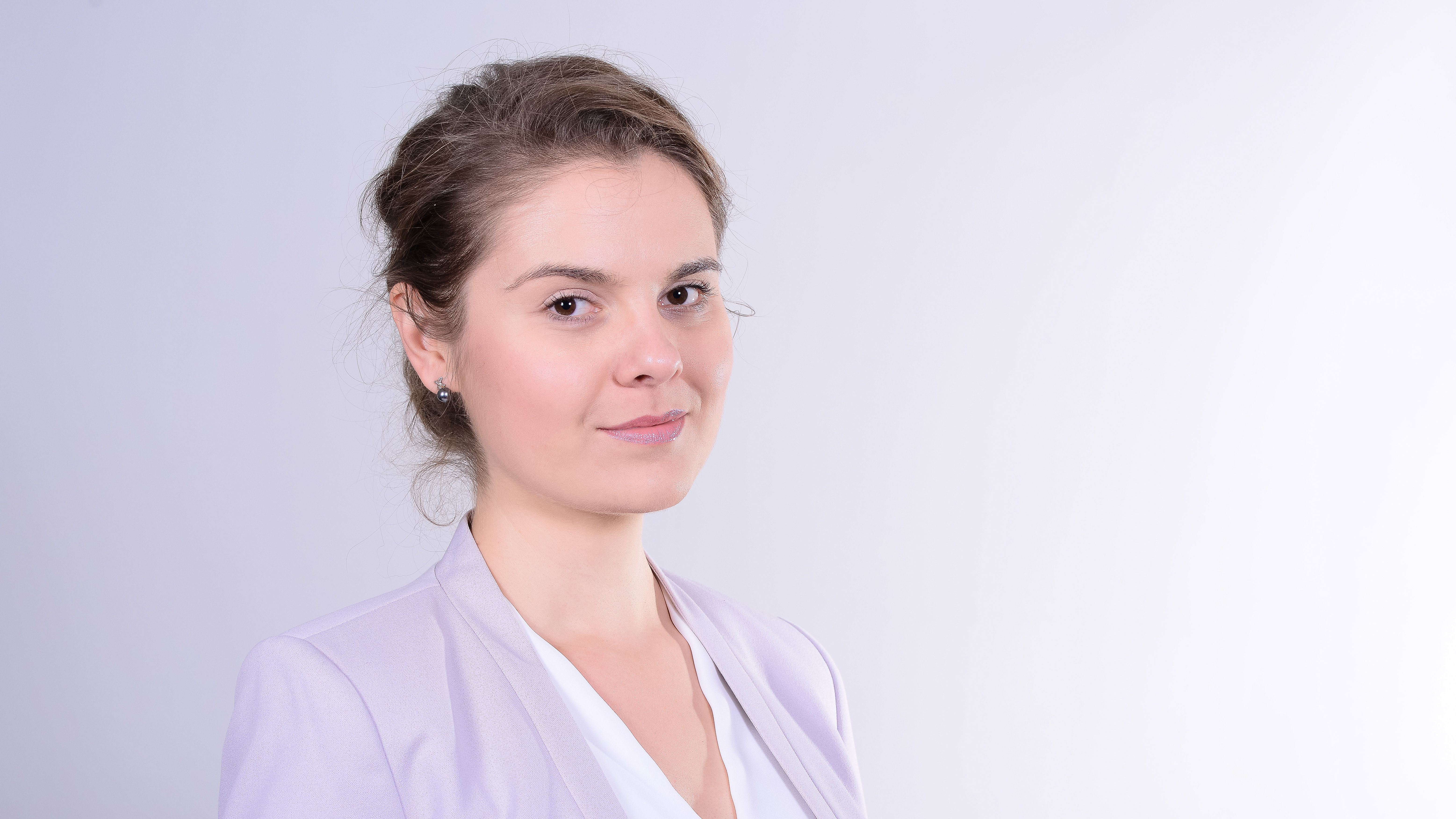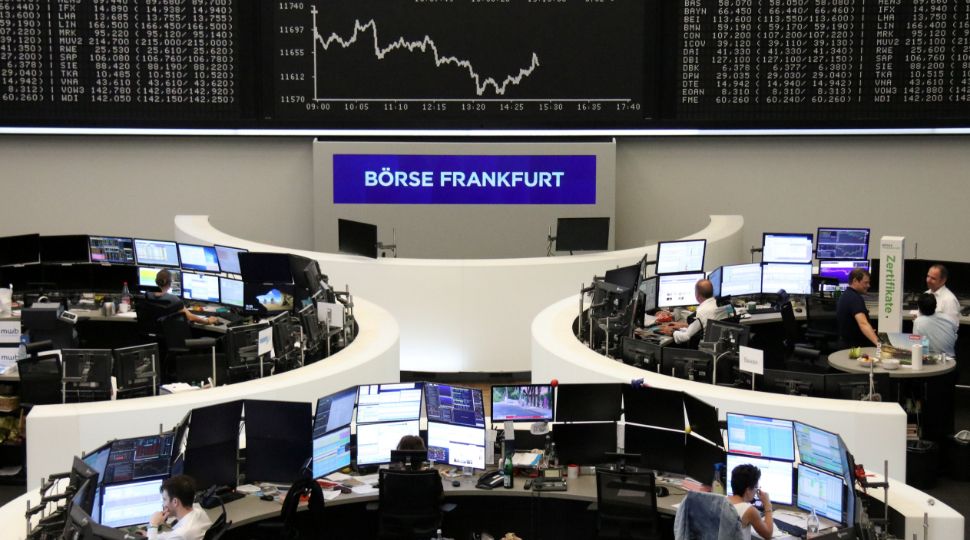The Crisis in Germany’s SPD and the Party’s Prospects

In the Bundestag elections of 2017, the SPD gained 20.5% of votes cast, the worst result in a parliamentary election in the party's post-war history. The loss of almost 11 percentage points in the elections in Bavaria and Hesse in 2018, and a failure to exceed 20% at the federal level, indicate that the Social Democrats have failed to regain the sympathy of the voters. In addition, polls before this year's elections suggest that a smaller number of SPD deputies will enter both the European Parliament and the landtags of Bremen, Brandenburg, Saxony and Thuringia.
Causes of SPD’s Decline
The Hartz reforms of the SPD-Green coalition government in 2003-2005, especially the fourth package limiting social benefits for the long-term unemployed, marked the beginning of SPD’s decline. These reforms undermined the image of the party as a representative of less prosperous social groups. This was exacerbated by the SPD’s later coalitions with the Christian Democrats. Since 2005, when the CDU/CSU defeated the SPD in the parliamentary elections, the SPD only failed to build a coalition with the CDU/CSU between 2009 and 2013. Thus, the SPD has become a victim of a political paradox. On the one hand, the group deprived itself of the status of opposition party and the option of formally criticising the government's actions and presenting its own alternatives. The SPD is therefore not seen as an attractive alternative in the next Bundestag elections. On the other hand, despite the implementation of some of the postulates included in subsequent coalition agreements, the SPD was still losing voters. In its current term of office, the party’s support has been further weakened by public dissatisfaction with the slow pace of implementation of announced reforms (such as immigration policy), which stalled due to intra-government disputes.
Coalitions with the CDU/CSU also undermined the SPD’s left-wing position. According to research carried out by the Infratest Dimap institute in March 2018, only 18% of voters regarded the SPD programme as coherent, and just 35% described the group as reliable. As a result, 14.2% of SPD supporters in the 2013 Bundestag elections defected to the Greens in 2017 and 13.1% to die Linke. Competition with Alternative for Germany, which is attempting to win over low-income voters, is also growing. Although the SPD was still the most popular party with this group of voters in 2017, the group was only 1 percentage point ahead of AfD.
SPD’s support has also fallen because the Christian Democrats, under Angela Merkel’ leadership, adopted several more left-wing positions. Decisions to end compulsory military service, abandon nuclear energy projects, and undertake a series of social reforms made the CDU an attractive alternative for the centre-left electorate. In the last parliamentary elections alone, the SPD lost 15.4% of votes to the Christian Democrats.
Neither is the situation inside the SPD conducive to rebuilding support. Programmatic weakness is accompanied by the lack of a charismatic leader. Since 2002, when Gerhard Schröder won the Bundestag election for the second time, the SPD have been unable to put forward a candidate who could threaten Angela Merkel. Furthermore, the SPD lacks a chairman able to give a new direction to the party and regain lost votes, and the election of Andrea Nahles to this post failed to halt falling support.
Possibilities to Rebuild Support
The revival of the SPD’s left-wing profile presents an opportunity to reverse the negative trend in the polls. This was the purpose of Nahles’s announcement of the "Social State 2025" concept, which included such proposals as an increase in the minimum wage and departure from the Hartz IV reform, which would help rebuild the party’s image as representative of the interests of the poorest social groups. Controversial demands by party head Kevin Kühnert, on the democratic collectivisation of large companies such as BMW and restrictions on real estate property rights, are significant signals of the possible direction of change.
Reconstruction of support can be also ensured by appropriately linking international politics with social attitudes. In August 2018, SPD foreign minister Heiko Maas presented the idea of redefining transatlantic relations. Among the pillars of a “balanced partnership” with the U.S. are for Europe to have independent payment channels and its own monetary fund, and to enhance its defence potential. The SPD is also reluctant to raise defence spending. Thus, the party's proposals are part of Germans’ negative assessment of the relationship with the United States. PEW Research Centre research carried out in 2018 indicates that the majority of German respondents rate relations between the U.S. and Germany as bad (73%), and Germany should make its foreign policy more independent from relations with the United States (72%). In addition, more than half of respondents said they did not want to increase the defence budget. The SPD is also more enthusiastic about the French proposals for European integration. Infratest Dimap research from May suggests that this position would be supported by 55% of German citizens, who accept the EU taking over further competences of Member States.
The SPD’s extensive structures are it strengths, especially against the Greens and die Linke. Despite the gradual outflow of activists, the SPD is still the largest party in Germany, with 437,000 members. In addition, the party still has more influence on state-level policy when compared to other left-wing parties. They are part of government coalitions in 11 federal states, and seven of them are run by prime ministers originating from the SPD.
Conclusions
The lack of significant improvement in polls after the SPD announced its new social programme suggests that the party must prepare for a long and uncertain process of rebuilding support. If the party gets fewer votes in the European Parliamentary elections than in the Bundestag elections, a change in leadership is possible. Andrea Nahles’s probable successors’ list include the vice-chancellor and minister of finance Olaf Scholz, the prime minister of Lower Saxony, Stephan Weil, and the head of government of Mecklenburg-Vorpommern, Manuela Schwesig. It is also possible that the SPD will be forced to further refine its programme so as to compete more effectively for the left-wing electorate with die Linke, but above all with the Greens, which are the most serious contenders for the title of leading party on the German left. Considering that the Christian Democrats are also striving to clarify their own profile, there is an increased likelihood of the coalition breaking down and the SPD becoming the opposition. The final effect of the change of leaders and the evolution of the programmes of both parties will be the polarisation of the political scene in Germany, abandoning the model of government grand coalitions for a long period.
The current weakness of the SPD may have effects that go beyond Germany. Its defeat in the European Parliamentary elections would weaken the Progressive Alliance of Socialists and Democrats and threaten the German Social Democrats’ position as the most numerous national group within the Party of European Socialists in the European Parliament. The SPD programme decisions will be also a reference point for leaders of other parties with a similar ideological profile.
The SPD’s programmatic evolution does not promise positive effects for Poland. First, the rupture of the grand coalition and the weakening of its attractiveness in selecting the ruling majority will mean an increase in the unpredictability of German domestic policy. Second, a future SPD government is likely to be at odds with Poland, as the party favours the “two-speed Europe” solution proposed by French President Emmanuel Macron. In addition, strong criticism of increasing defence spending and continued support for intensifying cooperation with Russia raise the risk of souring relations with Poland.




